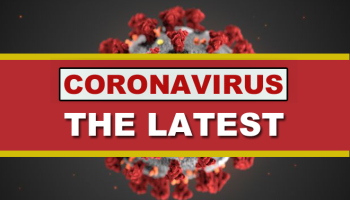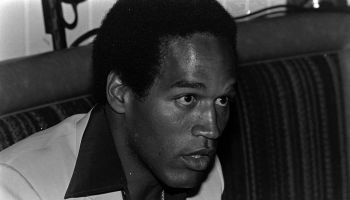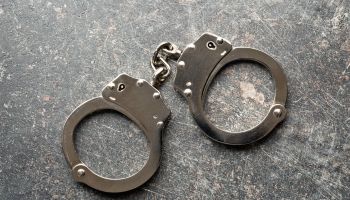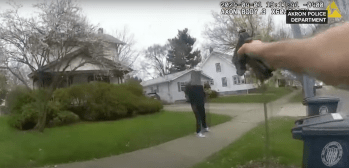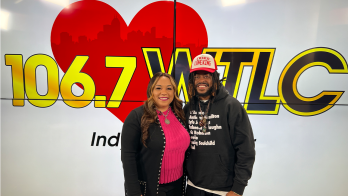INDIANAPOLIS – A spike in COVID-19 hospitalizations and cases in Indiana led Gov. Eric Holcomb to delay the state’s move to its next phase of reopening.
But how did we get to that point?
An analysis of three key measurements – cases, deaths and hospitalizations – shows where Indiana started and where we are now.
After reaching its first “peak” of new cases in late April and early May – with a high of 946 new cases on April 26 – Indiana’s number of daily new cases have slowly decreased in the last month, with a low of 233 on June 7.
State leaders have attributed the drop in new cases to Hoosiers following the protocols put in place, such as wearing masks and social distancing.
A fluctuation in cases could come from an increase or decrease in tests. As Indiana tests more people, the cases will naturally increase – if the rate of infection remains the same. But if the number of cases decreases as the number of tests increases, fewer people are getting sick.
On the day Indiana had its highest number of new cases, April 26, it also had a 51% positive rate. That means 51% of all tests reported on April 26 were positive. In June, the positive rate remained less than 9% every day.
These positive numbers have given state officials the confidence to move forward with the reopening plan. But the number of cases – and the positive rate – have increased in the last few days, leading to Holcomb’s decision to pause reopening.
Deaths
The number of deaths in Indiana have followed a similar trend to the number of cases in the state.
The first reported COVID-19 death came on March 16. The number of deaths peaked five weeks later with 50 reported on April 22. But Indiana averaged 34 deaths per day in April, 29 in May and 13 in June.
Read more from RTV6 here










